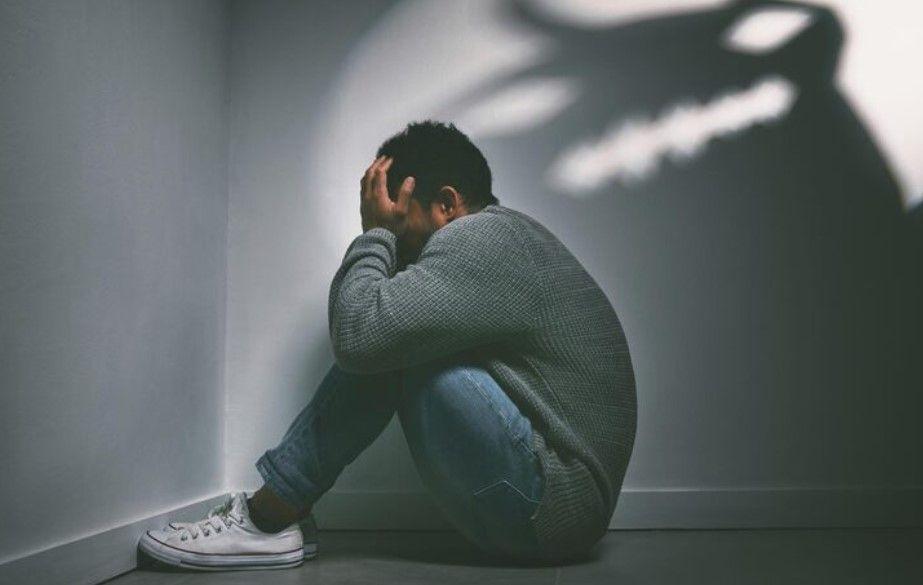Alcohol’s Impact on Decision-Making and Impulse Control
Alcohol is often consumed for relaxation, celebration, or social bonding—but beneath its casual reputation lies a powerful substance that can significantly alter how we think, feel, and act. One of its most profound effects is on decision-making and impulse control, two cognitive functions governed by the brain’s prefrontal cortex.

The Science Behind It
Alcohol affects the brain by interfering with neurotransmitters—chemical messengers that regulate mood, behavior, and cognition:
- Increases dopamine: Boosts feelings of pleasure and reward, making risky behavior feel more appealing.
- Suppresses glutamate: Slows down brain activity, impairing judgment and reasoning.
- Enhances GABA: Promotes relaxation but also dulls inhibition and self-control.
These changes can lead to a temporary “shutdown” of rational thinking, allowing impulsive urges to take the wheel.
Short-Term Effects
Even small amounts of alcohol can impair cognitive functions:
- Lowered inhibitions: People may say or do things they wouldn’t normally consider.
- Risky behavior: Driving under the influence, unsafe sex, or aggressive actions become more likely.
- Poor judgment: Decisions are made based on immediate gratification rather than long-term consequences.
- Slower reaction times: Coordination and response to danger are compromised.
At a blood alcohol concentration (BAC) of just 0.08%—the legal limit in many places—these effects are already significant2.
Long-Term Consequences
Chronic alcohol use can lead to lasting changes in brain structure and function:
- Damage to the prefrontal cortex: Reduces ability to plan, assess risk, and control impulses2.
- Memory impairment: Makes it harder to learn from past mistakes.
- Increased impulsivity: Heightens vulnerability to addiction and risky behavior.
- Emotional dysregulation: Leads to mood swings and poor social decision-making.
These effects can persist even when a person is sober, especially in heavy or long-term drinkers4.
Social and Behavioral Impact
Alcohol doesn’t just affect the drinker—it can ripple through their relationships and environment:
- Aggression and conflict: Impaired impulse control can lead to arguments or violence3.
- Legal issues: DUIs, arrests, and other consequences of poor decisions.
- Strained relationships: Loved ones may struggle with the unpredictability of alcohol-influenced behavior.
- Financial stress: Impulsive spending or job loss due to poor choices.
Mitigating the Risks
Understanding alcohol’s effects is the first step toward safer choices. Here are some strategies:
- Set limits before drinking: Decide how much you’ll consume and stick to it.
- Avoid high-risk environments: Peer pressure and stress can amplify impulsivity.
- Eat before drinking: Slows alcohol absorption and reduces its impact.
- Seek support: Therapy, support groups, or medical treatment can help manage alcohol use.
Final Thoughts
Alcohol’s influence on decision-making and impulse control is both immediate and long-lasting. While occasional drinking may seem harmless, even moderate consumption can cloud judgment and lead to regrettable choices. By staying informed and mindful, individuals can protect their well-being and make empowered decisions—whether they choose to drink or not.
CATEGORIES












